Madame Tutli Putli is a remarkable animation. Not only is the film moving, but it pioneered a very powerful new visual blending of live action and stop frame animation. Jason Walker created the new effect, which lead to the film winning this year’s Best Short Film at Cannes. It is also nominated in the Animated Short Film category at this year’s Oscars.
Madame Tutli-Putli is a 17 minute stop-motion film written and directed by Clyde Henry Productions and produced by the National Film Board of Canada. It was produced by three-time Academy Award winner Marcy Page. In addition to Cannes the film won Best Animation at the Worldwide Short Film Festival in Toronto, Best Animation at the New York Film Festival, Montreal, Vancouver, Palm Springs, and Rome.
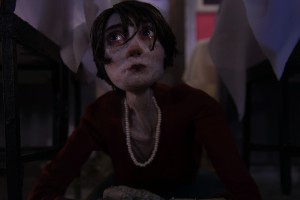
The groups task at the beginning of the film making process was to devise a method of giving the puppets some real soul. After considering various approaches they came upon the idea of compelling new effect, tracking human eyes on the faces of stop motion puppets.
The team worked on the film for four years and in the process has created a film with real emotional content. The effect is incredibly powerful and extremely poignant.
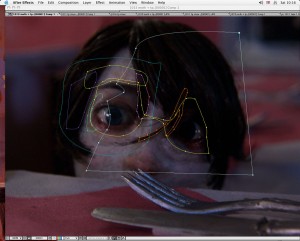
Jason Walker has a background as a painter of portraits, we developed a new technique of filming human actors, after the stop-motion was shot, and match head angles, shadows, and lights to the scene, and then use After Effects to seamlessly re-time, color adjust, and position selected frames to re-build the performance.
There is no CGI in this project. The puppets are traditional silicone and wire figures about 15″ tall, animated at 24 frames a second.
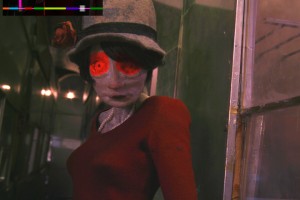
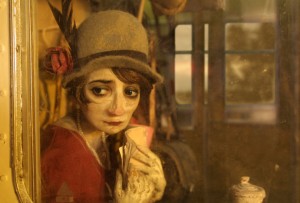

The process was planned to be simpler than it turned out. Initially, Walker had asked for the puppet movements to be limited so that there was “some chance” of tracking on the eyes of an actor. Once the animation process started, the actual movements were anything but restrained. Suddenly, Walker realized that he would need to be more inventive.
The issues are much more complex than just tracking. First the eyes need to be spatially aimed the right way to align with the head. The eyes not only need to be orientated at the correct angle but they need to transition from one orientation to the next at the right time.
The second issue is inherent with eyes is that they come in pairs. Not only do the eyes need to track and be retimed to the right head movements, but they need to be working as a pair of eyes, focusing at the correct point in space so the characters actions make sense.
Finally, the expression of character is more than simply a function of the eyes, so the eyes needed to be blended with the head into a unified expression whic works for the storytelling of the film.
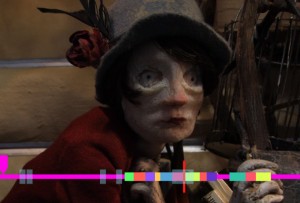
To aid in the blending of the puppets and their human eyes, the actors received makeup and visual reference of how they should look. To help Walker decode the movement and time the actors, he developed a coding system that colour coded head movements into a timeline. The technique was nicknamed the Wunderbar.
movielink(08Feb/mad/Wunderbar2.mov,click to watch a Wundebar clip)
In this weeks fxpodcast Mike Seymour talks with Jason Walker about the film, including how After Effects was used to achieve the tracking, compositing and final effects. The Academy Awards are being held in Los Angeles on February 24.
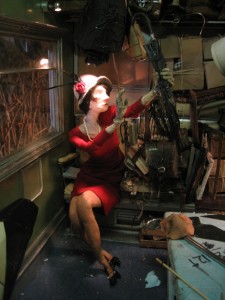
2008.
